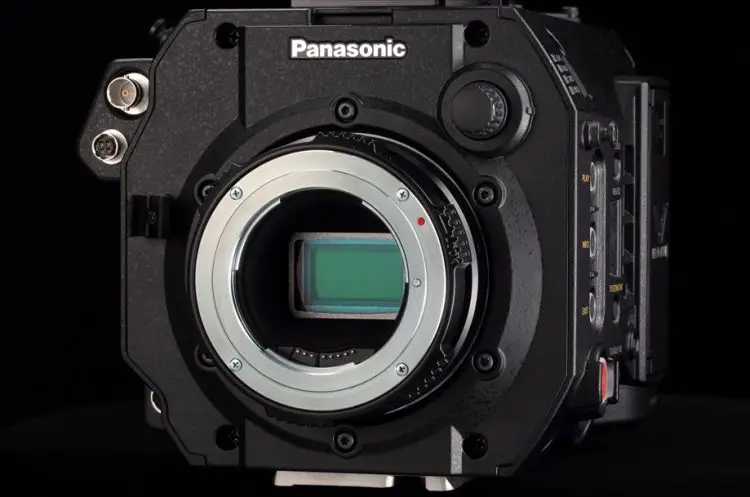But only a reasonable amount of bulk. It takes about the same space as the mechanism of the S1R.
I think time has proven, that the decision to offer big bodies like the S1R is not in high demand for most users.
Since this is a war about market share and selling enough bodies to make R&D profitable is crucial, every "little" extra which might make a body bigger than smaller is atm not smart.
In the long run, as soon as the market share of L-Mount is bigger and they can afford to offer more variations of bodies, this might be different. But Panasonic has to set priorities and this is in my view atm smaller, affordable bodies, as we have seen with the success of the S5/S5ii.
You can see the same strategy with Fuji and Nikon. It took a long way before they offered an X1H, X2H or Z8, Z9. Everything else was smaller.
I guess with Canon it is the same, but I did not yet have Canon R bodies in my hands, so I can not judge it from my own experience.
I want L-Mount to succeed. For this we need a bigger market share. For this we need more "main stream" customers. For this we need small and affordable bodies and lenses.
Maybe the S1Rii will be as big as the old S1R, but then Panasonic should hurry up to offer something smaller asap for a broader audience, otherwise they will never get a bigger market share in the fullframe market.
MFT is not enough as an alternative, because it is a different lens mount with no upgrade possibility and some people just want to have fullframe.
We need entry level fullframe cameras with entry level features in entry level body sizes at entry level prices.


